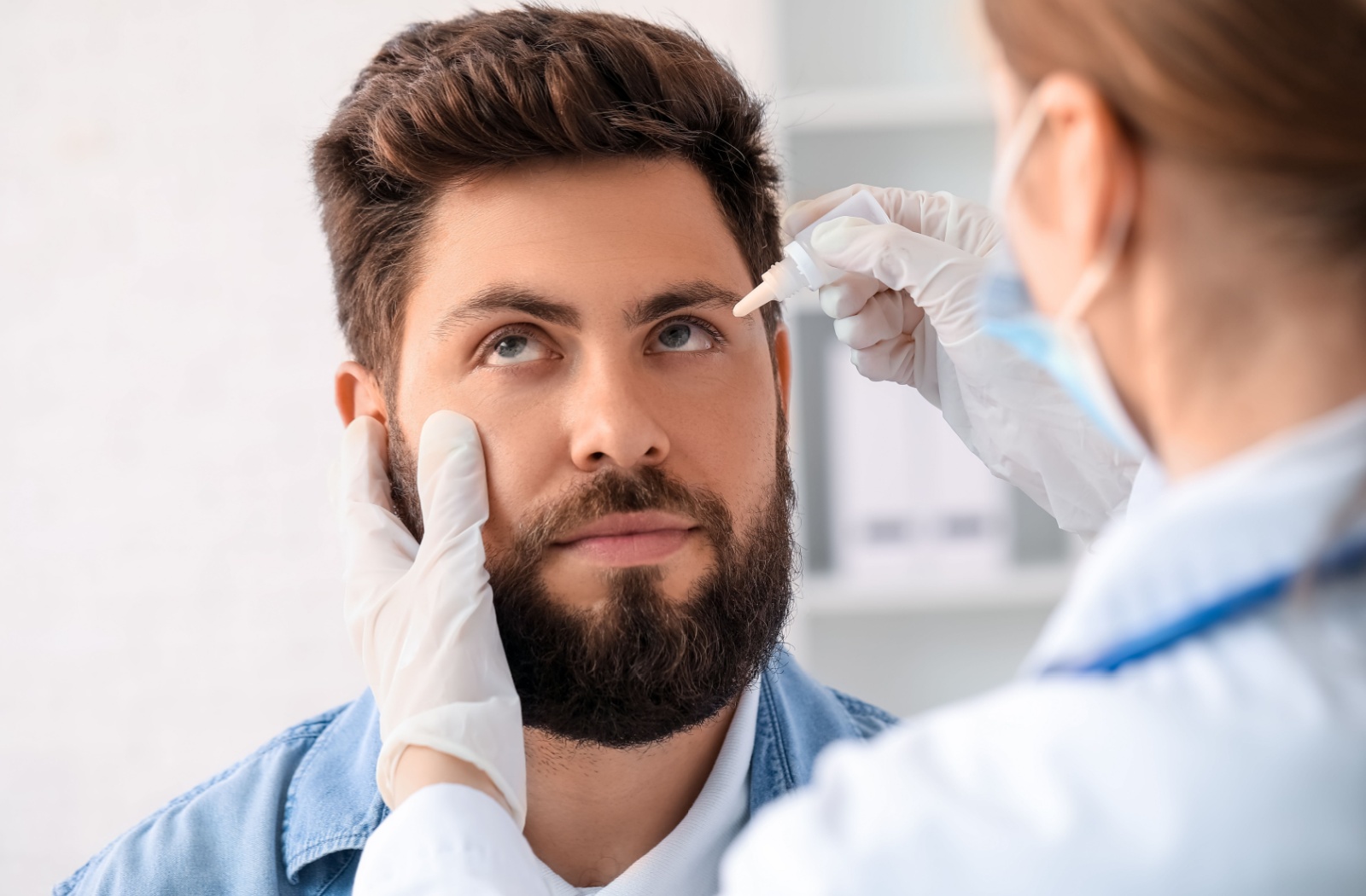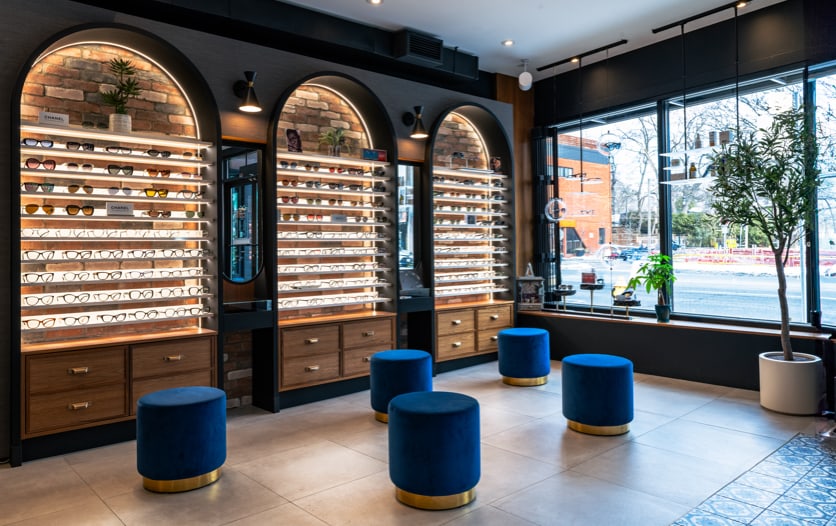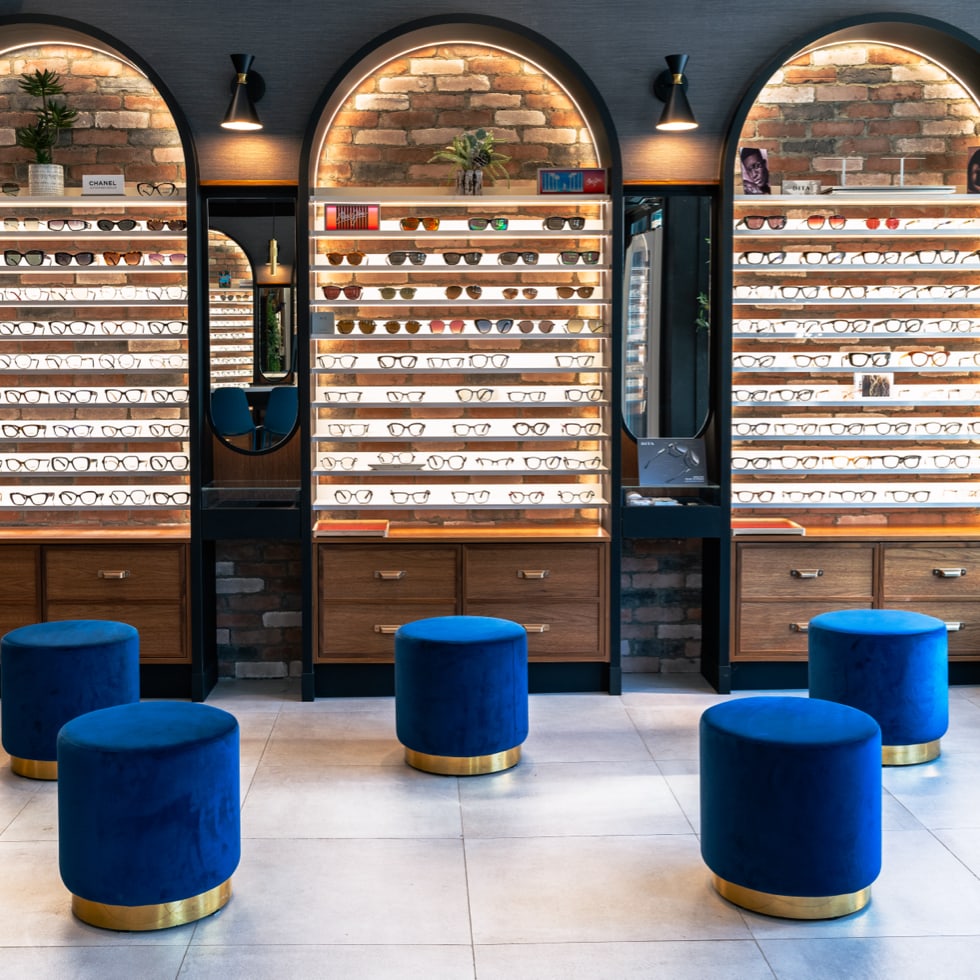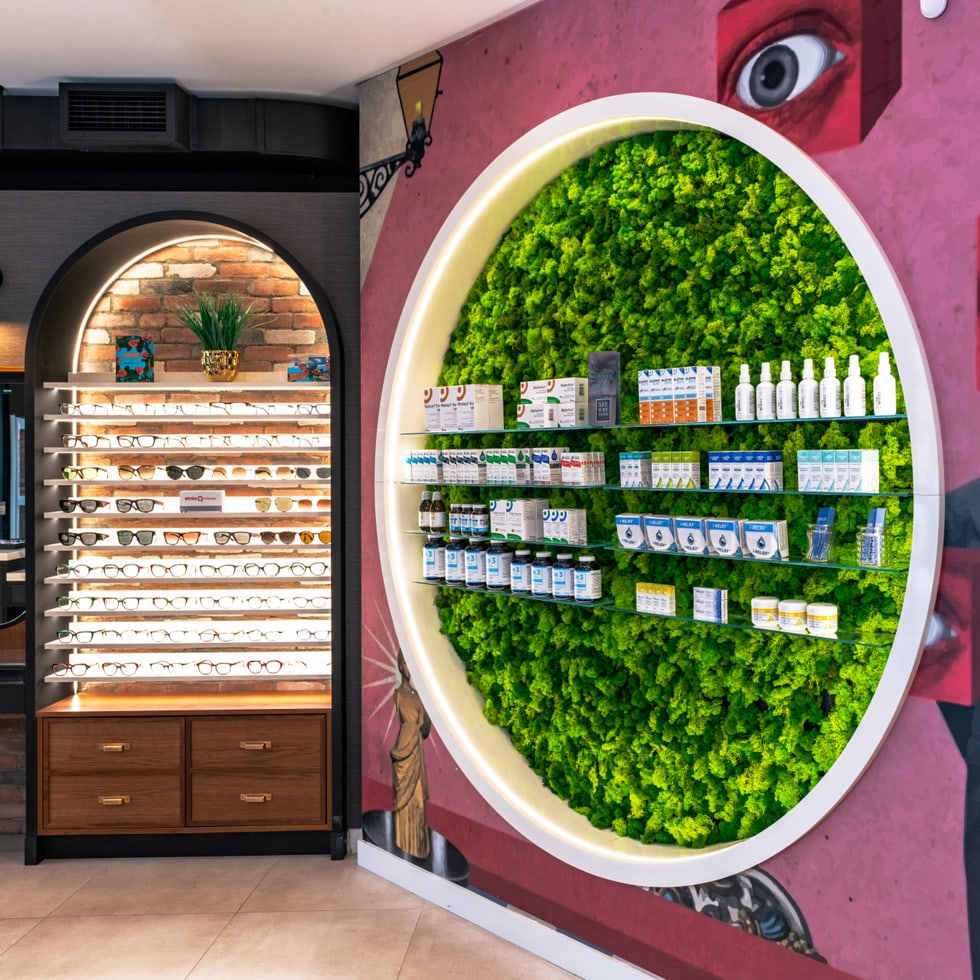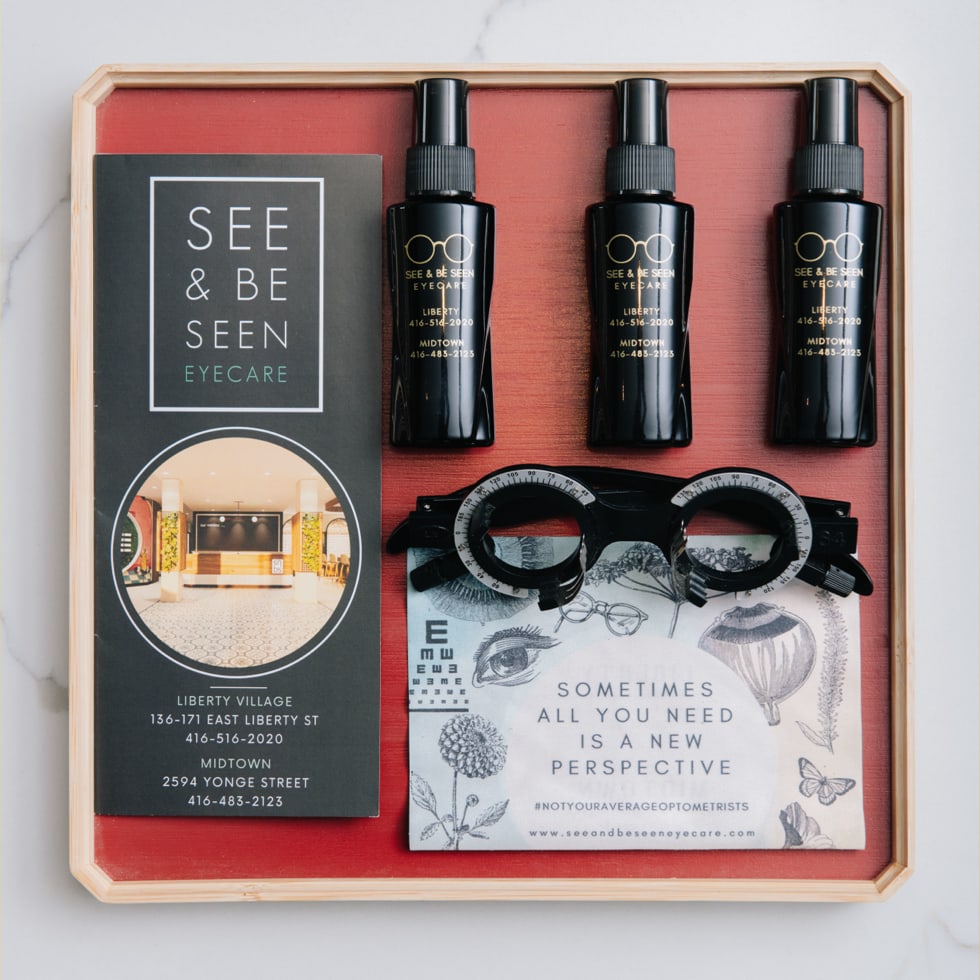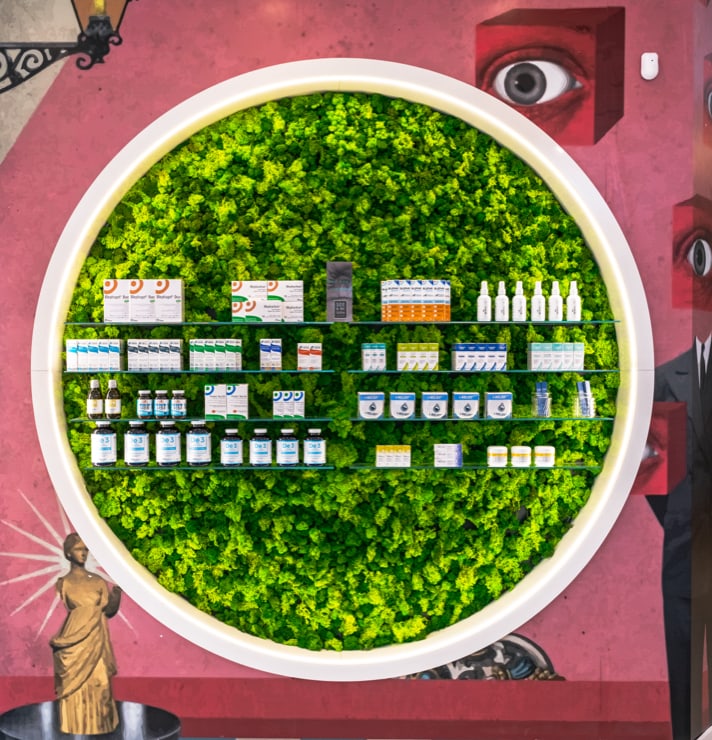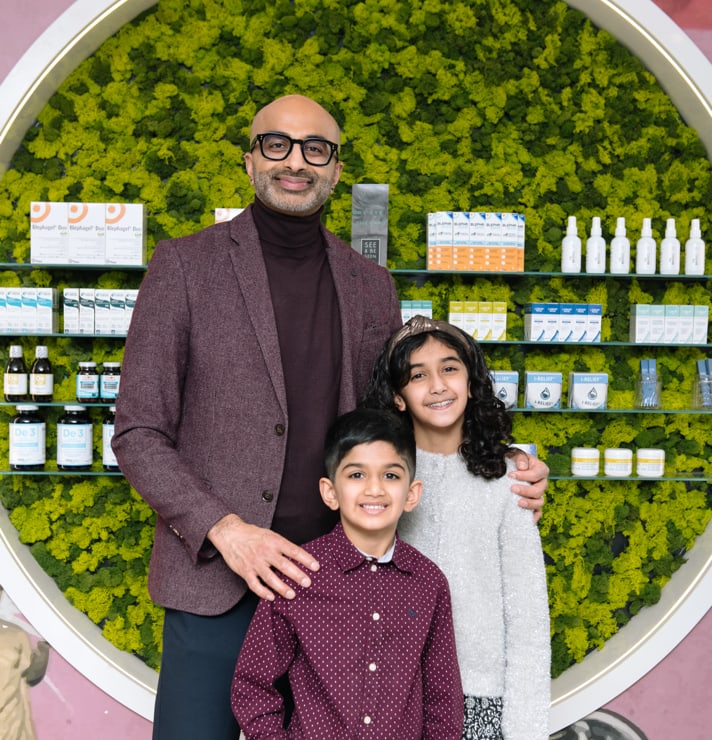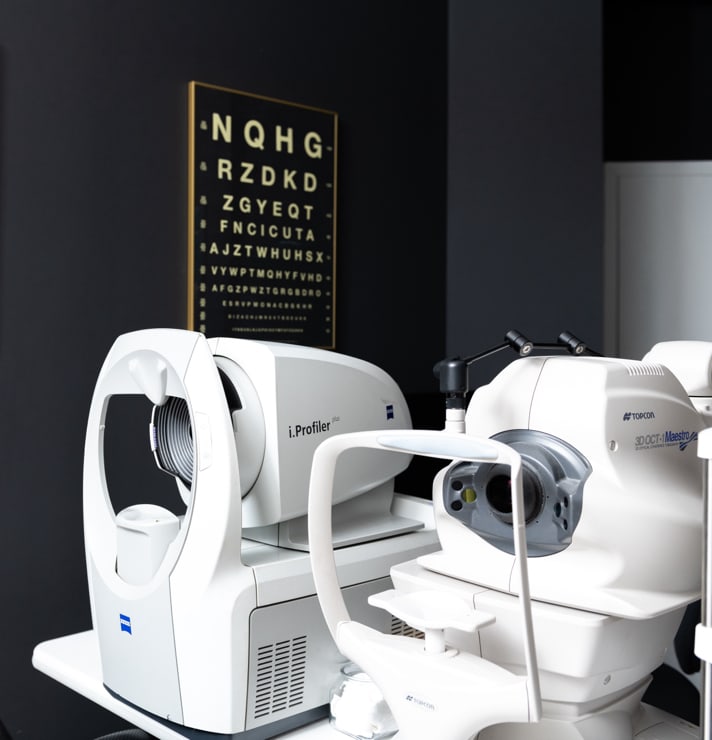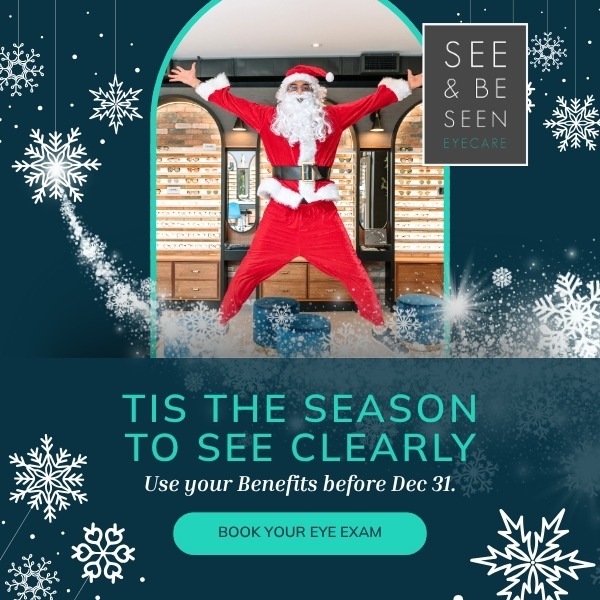Many people assume blurry vision means they need new glasses or contact lenses, but that’s not always the case. If your vision blurs and clears throughout the day, especially during screen time or in dry environments, the real issue may be with your tear film.
Dry eye can cause blurry vision, especially when your tear film becomes unstable or evaporates too quickly.
This type of vision change often comes and goes, worsens in the afternoon, and feels different from the constant blur caused by refractive errors. The connection between your eye’s moisture balance and how clearly you see is stronger than most people realize.
What Is the Tear Film Connection?
Tears do more than just show emotions. They form a thin, protective layer over the front of your eye called the tear film. This layer helps us see clearly and is made up of 3 parts:
- An oil layer on top that stops your tears from drying out
- A water layer in the middle that keeps your eyes moist and clean
- A mucus layer on the bottom that helps the film stick to your eye
When all 3 layers work together, your eye surface remains smooth, allowing light to enter cleanly. However, if dry eye disrupts the surface, it becomes uneven, and that’s when vision can become blurry.
It’s like looking through a camera lens. When it’s clean, everything looks sharp. But if it’s smudged or scratched, the picture gets blurry. Your eyes work the same way. Without a stable tear film, light often scatters instead of focusing properly.
How Dry Eye Can Create Vision Problems
Dry eye happens when your eyes either don’t make enough tears or the tears they do make aren’t high-quality. This can lead to several vision-related problems, including:
- Light scattering: A smooth tear film helps your cornea focus light clearly onto the retina. When the surface of the eye becomes rough due to dry eye, light scatters instead of focusing, which can cause blurry or fluctuating vision.
- Blurry vision that comes and goes: Unlike constant blur from glasses-related issues, dry eye blur often clears up when you blink or use eye drops—only to return soon after.
- Worsening symptoms throughout the day: Vision may feel blurrier after extended screen time or in dry environments, like air-conditioned spaces or windy areas.
These vision changes are a common sign of dry eye and may feel different from other types of vision problems. If this sounds familiar, it’s worth discussing with your eye care provider.
Recognizing Dry Eye Symptoms Beyond Blurry Vision
Blurry vision is just one piece of the puzzle. Dry eye often comes with other symptoms that can affect your comfort and eye health, such as:
- Burning or stinging sensations
- Red, watery, or irritated eyes
- Gritty or scratchy feeling
- Light sensitivity
- Stringy mucus
- Eye fatigue
If you experience any of these symptoms along with blurry vision, dry eye may be the underlying cause. A thorough evaluation can help pinpoint the issue and lead to more effective treatment.
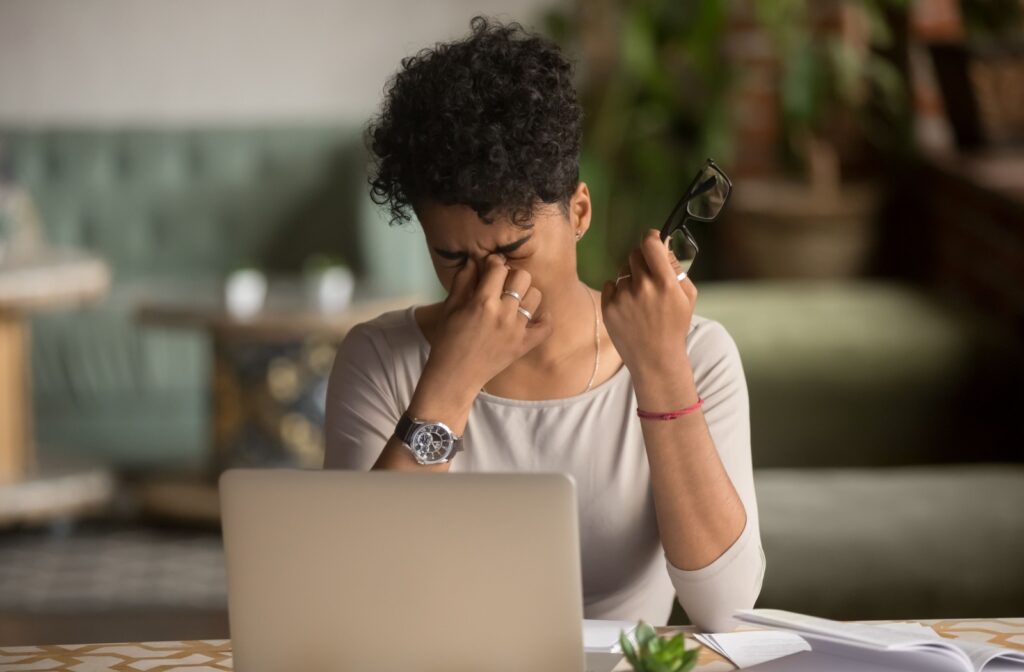
Treatments to Help Restore Clear Vision
The encouraging news is that multiple treatment options can help manage dry eye and restore sharp vision.
At-Home Habits
Dry eye management often starts with at-home care. These everyday steps can help reduce symptoms and support long-term eye comfort:
- Stay hydrated: Drinking enough water throughout the day helps your body produce quality tears.
- Use preservative-free artificial tears: These eye drops mimic natural tears and help maintain a smooth, protective tear film without irritating preservatives.
- Apply warm compresses: A warm, damp cloth placed over your closed eyes for 10–15 minutes can help soften thick oils and unclog meibomian glands. For added convenience, microwaveable heat masks (like Bruder masks) can be useful.
- Eyelid hygiene: Daily lid scrubs or foam cleansers help remove debris and bacteria that can contribute to inflammation. Products like Blephaclean wipes are commonly recommended.
- Eyelid massage: After a warm compress, gently massage your upper and lower eyelids to encourage healthy oil flow from your glands.
- Omega-3 supplements: Adding omega-3 fatty acids to your diet (found in fish oil or flaxseed oil) may improve the quality of the oil layer in your tears.
- Follow the 20-20-20 rule: Every 20 minutes of screen time, look at something 20 feet away for at least 20 seconds.
These therapies can be a good starting point in your dry eye care plan. For ongoing symptoms or more innovative treatment options, a professional dry eye evaluation is recommended.
Professional Treatment Options
When at-home care isn’t enough, professional therapies can offer targeted and long-lasting relief. Here are a few treatments to consider:
- BlephEx®: This in-office eyelid cleaning treatment gently removes excess bacteria, debris, and biofilm from the eyelid margins.
- LipiFlow® thermal pulsation: LipiFlow combines gentle heat and massage to clear blockages in the meibomian glands, restoring the flow of natural oils to the tear film.
- Intense pulsed light (IPL) therapy: IPL treatment uses pulses of light to reduce inflammation around the eyes and improve gland function.
- Prescription medications: Depending on the cause and severity of your dry eye, your optometrist may recommend medicated eye drops.
These professional treatments are personalized to your individual needs based on a thorough dry eye evaluation.
Protecting Your Vision & Eye Health
Dry eye can do more than cause discomfort. It can interfere with daily tasks and lower your quality of life. Fluctuating vision, eye fatigue, and irritation often get worse without proper care.The good news is that with the right diagnosis and treatment, most people see improvements in both comfort and clarity. Book a consultation at See & Be Seen Eyecare and take the first step toward clearer, more comfortable sight.

